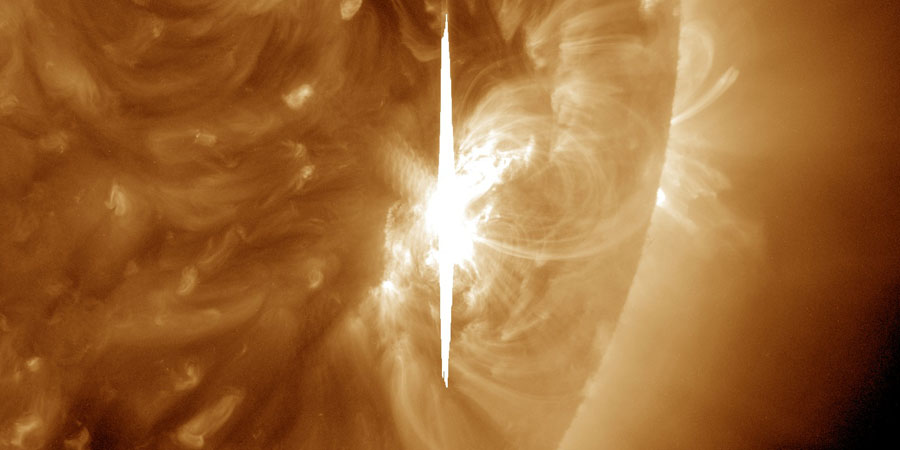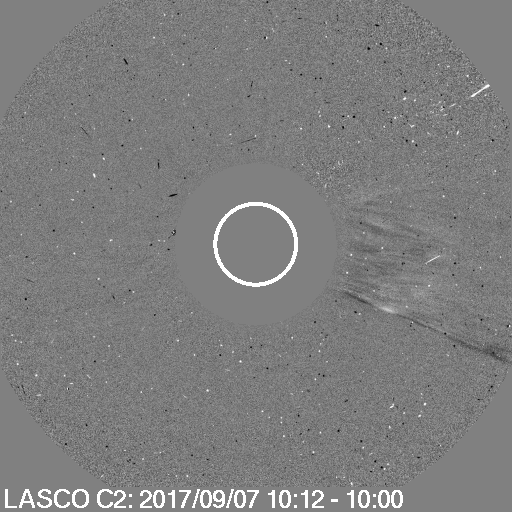Major X1.39 solar flare
Thursday, 7 September 2017 17:35 UTC

Solar activity is once again at high levels. Sunspot region 2673 continues to be very active as it rotates towards the west limb. Today (thus far!) it managed to produce a couple of M-class solar flares and an X-class solar flare.
The first M-class solar flare was an M2.4 (R1-minor) solar flare that peaked at 05:02 UTC. About four hours later sunspot region 2673 treated us with an impulsive M1.4 (R1-minor) solar flare which peaked at 09:54 UTC and this event was quickly followed by an impulsive M7.3 (R2-moderate) solar flare which peaked at 10:15 UTC. Icing on the cake was sunspot region 2673's third X-class (R3-strong) solar flare. An X1.39 solar flare erupted which peaked at 14:36 UTC.
Major X1.39 solar #flare from #sunspot region 12673
— SpaceWeatherLive (@_SpaceWeather_) September 7, 2017
Follow live on https://t.co/3Xxrvc3cpA pic.twitter.com/adNXWUH2Sl
The M2.4 and M1.4 solar flares weren't eruptive. The M7.3 solar flare produced nothing more than a little puff: a very minor coronal mass ejection that is heading well west of Earth. The X1.3 solar flare produced a very similar, minor coronal mass ejection that is heading well west of us and will not impact our planet.

⇧ Animation: SOHO LASCO C2 difference footage showing the weak M7.3 and X1.3 coronal mass ejections.
Nothing too exciting unfortunately but sunspot region 2673 keeps it's complex Beta-Gamma-Delta layout. More M-class activity remains likely and a fourth X-class solar flare can't be ruled out either!
Note that we are still expecting the X9 coronal mass ejection to arrive at our planet tomorrow. For more details about that event check out this news item.
Thank you for reading this article! Did you have any trouble with the technical terms used in this article? Our help section is the place to be where you can find in-depth articles, a FAQ and a list with common abbreviations. Still puzzled? Just post on our forum where we will help you the best we can!
Latest news
Latest forum messages
Support SpaceWeatherLive.com!
A lot of people come to SpaceWeatherLive to follow the Sun's activity or if there is aurora to be seen, but with more traffic comes higher server costs. Consider a donation if you enjoy SpaceWeatherLive so we can keep the website online!

Space weather facts
| Last X-flare | 2024/03/28 | X1.1 |
| Last M-flare | 2024/04/25 | M1.0 |
| Last geomagnetic storm | 2024/04/19 | Kp7 (G3) |
| Spotless days | |
|---|---|
| Last spotless day | 2022/06/08 |
| Monthly mean Sunspot Number | |
|---|---|
| March 2024 | 104.9 -19.8 |
| Last 30 days | 133.9 +26.6 |


